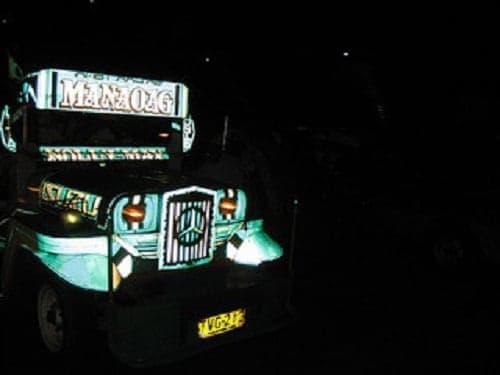John Gilchrist, the child actor best-known as Mikey from
Life cereal's most notable commercial, was tossing around a baseball in 1979
when his mom got a bizarre phone call from a stranger in tears.
"I'm so sorry to hear about your son!" the woman
wailed.
"What do you mean?" Gilchrist's mother shot back.
"He's at the park -- he just came home from school."
Probably just a wacko, his mom thought -- but "it
weirded her out," recalls Gilchrist, now 49, "so she sent my oldest
brother to drive by the field where I was playing to make sure I was OK. That’s
when I first heard the Pop Rocks story."
Gilchrist -- then an athletic 11-year-old living in
Westchester, New York -- had unwittingly become the subject of a wild rumor:
the actor who played Mikey in the 1972 Life cereal ad mixed too much of the
carbonated candy with too much Coca-Cola and his stomach exploded.
Variations of the urban legend claimed that it was his head
that had exploded or specified the precise number of Pop Rocks packets and
Cokes involved (six each). But however it happened, the poor kid had died
tragically and the entire country was talking about it.
"Mikey lost his Life!," hollered children on
playgrounds across America. Spooked parents who heard the tale flooded the
headquarters of General Foods, the company behind Pop Rocks, with worried calls
and refused to let their kids eat the fizzy fad candy, which had arrived on
shelves with great fanfare in 1975. Sales plunged. "When that story hit
the country, it was like, 'Bam!'" says Jerry Saltzgaber, former Pop Rocks
business manager for General Foods.
Even long after the lore was debunked (Gilchrist, obviously,
is fine), few have heard the whole truth behind the first-of-its-kind candy and
its beginnings as an accidental lab experiment. Behind the scenes, production
was more dark than sweet: Confectionary chemists lost fingers churning out the
highly pressurized treat. Splashy product rollout plans were foiled by candy
bootleggers. And the fallout from the Mikey rumor sent Pop Rocks into a spiral
of crisis from which it would never recover.
"By the end, we were forced to destroy tons of the
candy," says Marv Rudolph, a product developer for Pop Rocks in the '70s.
"We literally buried it in the ground."












:max_bytes(150000):strip_icc():format(webp)/154300164-56a9a2603df78cf772a91abd.jpg)
